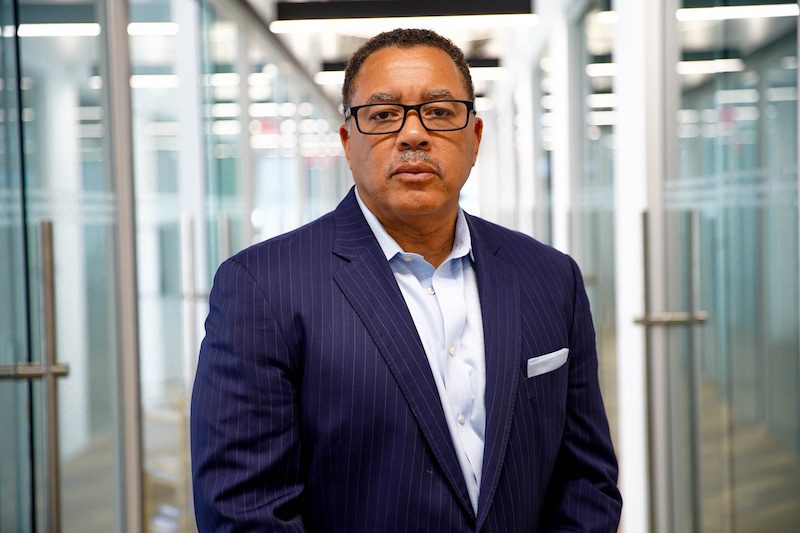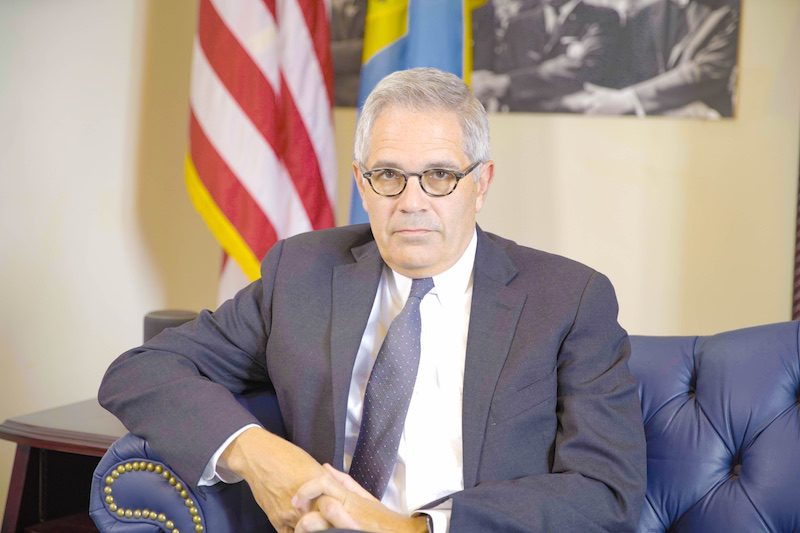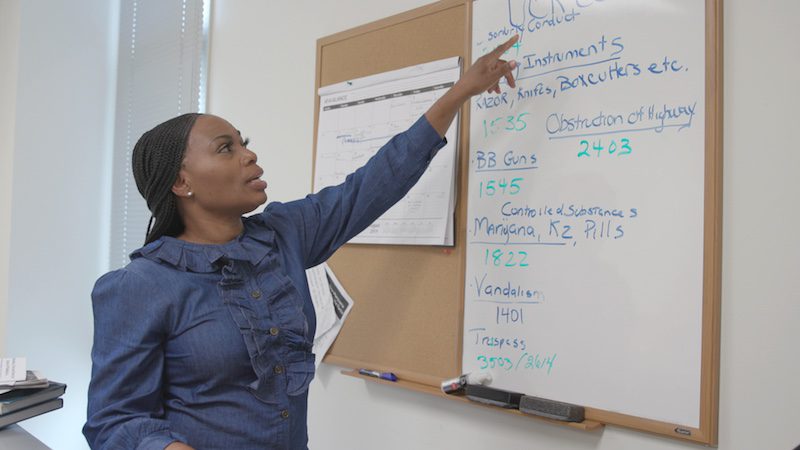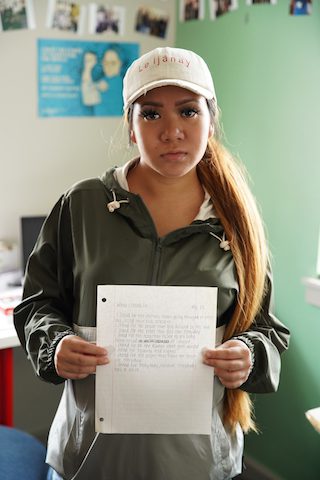 (Photo: In Pictures Ltd./Corbis via Getty Images)
(Photo: In Pictures Ltd./Corbis via Getty Images)
In 2014, Philadelphia started an experiment to cut down on the numbers of kids getting arrested — starting with in-school arrests. The person who spearheaded it was Kevin Bethel, who was the deputy police commissioner at the time. School police officers were under Bethel’s supervision.
“When I looked at the data, you know what I said to myself? I’m feeding the system,” Bethel said. “I’m locking up 1,600 kids a year.”
Bethel’s aha moment came after he went to a conference and heard terms like “trauma” and the “school-to-prison pipeline.” He said he had no idea what they were talking about.
When he returned home, he pulled up the data on in-school arrests. And he was taken aback by what he saw.
“I thought, let’s take that back 20 years. Look at the thousands and thousands and thousands and thousands of kids we had locked up for minor offenses. And where they are now?… And why were we doing that?” Bethel said. “I mean, thousands and thousands of kids for fighting in school. Stuff that I did as a kid in school.”

So this cop of more than 20 years found himself in a strange situation. He asked his officers to stop arresting and offer diversion programs instead.
During the 2018-2019 school year, there were 251 arrests in Philadelphia public schools. Before the diversion programs started, there were more than six times that number of arrests. Early studies by the Juvenile Justice Research and Reform Lab at Drexel University show that even though school arrests are down, school safety hasn’t been compromised.
These programs are part of a bigger reform movement in Philadelphia. About a year ago, the city’s district attorney’s office also changed its policies for juveniles. The goal was to prevent harsh penalties and detention for minor crimes.
Philadelphia District Attorney Larry Krasner said you can see the ripple effects of the reforms in the courts. “It means something when you walk into juvenile court and instead of having seven or eight courtrooms buzzing where you have a mountain of cases in each courtroom, you only have two or three,” he said.

So the city has backed way off from prosecutions, and what have schools stopped arresting for? I went to visit Officer La’Tonya Bey who used to be a school police officer in Philadelphia Public Schools but now works at the city’s diversion program intake center. She showed me on a white board a list of minor offenses that used to get students arrested.
“Scissors. Knives. Marijuana. Pills. Vandalism. Trespassing,” she said. “You know if the kid is fighting in school…they would actually charge him with disorderly conduct.”

It used to be Bey’s job to put cuffs on a kid. “It was hard, you know, working a job where you take a 10-year-old and that 10-year-old committed an offense…then we would have to arrest them,” she said. “So that kind of was my job.”
So if you were caught with a box cutter at school in 2014 or earlier, you would have been arrested, automatically. Since the city’s reforms, if you’re caught with one now, you’re still not off the hook, but the response is different.
Jordan Kerver was in the 8th grade when he was caught with a box cutter in his backpack. He said that it had been left there after he went fishing over the weekend.
“The cops were there. My mom, my dad, everyone was there,” Kerver said. “And I felt pretty scared…I thought I was really going to jail because most of the people actually go to jail for simple stuff like that.”
Kerver didn’t go to jail. He was offered community-based prevention services instead, as part of the reforms.
The city touts the declining arrests and court cases. But there’s been pushback.
Philadelphia’s police union has been calling for the DA’s replacement, saying overall the city’s going too soft on crime.
The union didn’t respond to repeated requests for comment, but some juvenile justice advocates including Marsha Levick of the Juvenile Law Center, say the reforms don’t go far enough.
“Until we are willing to be as open to shrinking our system for those who are convicted of violent crimes as much as we are the non-violent offender, the misdemeanant, the drug offender, we will not substantially change our criminal justice system,” she said.
Levick believes Philadelphia can be more innovative. For instance, using more restorative justice measures, which emphasize repairing harm to people and the community caused by criminal behavior.
Depending on the crime, some youth offenders don’t qualify for alternative programs, and state law requires young people to be tried as adults for certain crimes.
Those youth have very different stories from Kerver.

I met My Le on a Tuesday in August in Philadelphia’s Chinatown. A group of young people and their families gathered in an office space to get advice on what to do about their open criminal cases.
They were in a workshop being led by a group called the Youth Art and Self Empowerment Project, also known as YASP. Most of the people on staff were themselves juveniles who were held in adult jail — including Le.
“I was in solitary confinement. So, I was in my cell like 22 hours a day,” Le said. She is 20, and one of the youngest staff members at YASP. Even if all the current reforms had been in place when she was arrested, they wouldn’t have applied to her. Because she had a gun charge, she was held in an adult facility.
There are rules saying that the youth jail population should never interact with the adult jail population, which is why Le was held in solitary by default. “Mentally it changed me because, you know, you’re in a cell by yourself. You don’t have nothing to do,” Le said.
At the core of the reforms in Philadelphia is the question: who deserves a second chance?
As the police and courts carry out reforms and evaluate them, cities from St. Paul, Minnesota to Orlando, Florida are following Philadelphia’s juvenile justice experiment and in some cases, considering their own reforms.
To learn more about Philadelphia’s diversion programs that send young people to community-based organizations as alternatives to arrest, and to understand how the school district, police and the Department of Human Services are working together, take a look at this flowchart.